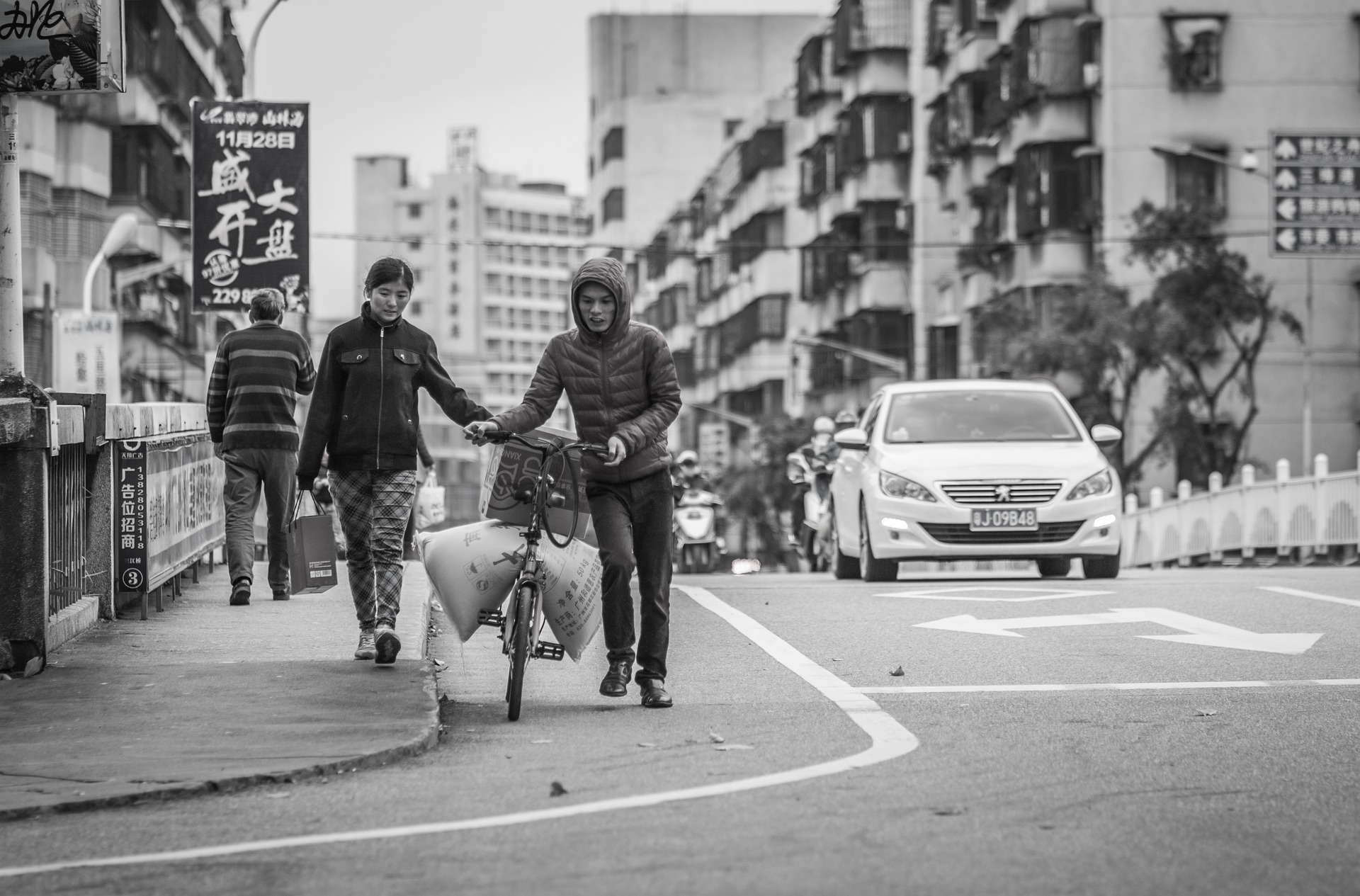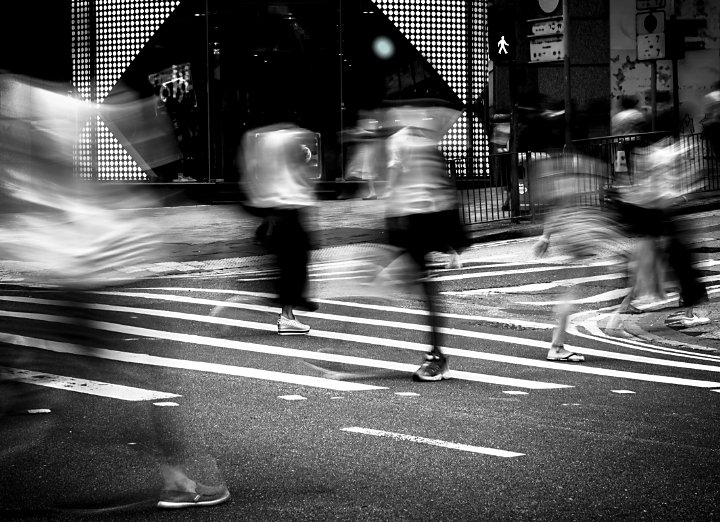Things about Street Photographers
Things about Street Photographers
Blog Article
Facts About Street Photographers Revealed
Table of ContentsWhat Does Street Photographers Mean?The 8-Second Trick For Street PhotographersThe Definitive Guide to Street Photographers3 Simple Techniques For Street PhotographersStreet Photographers for Dummies
Road photographers do not always have a social objective in mind, however they favor to isolate and record moments which might or else go undetected.He was affected by many of those who affected the road photographers of the 1950s and '60s, he was not mainly interested in recording the spirit of the road. The impulse to visually record people in public began with 19th-century painters such as Edgar Degas, douard Manet, and Henri de Toulouse-Lautrec, that functioned side by side with digital photographers trying to record the significance of city life.
As a result of the fairly primitive technology readily available to him and the long direct exposure time required, he struggled to capture the hustle and bustle of the Paris streets. He try out a series of photographic approaches, trying to discover one that would allow him to record activity without a blur, and he found some success with the calotype, patented in 1841 by William Henry Fox Talbot. In contrast to Atget, digital photographer Charles Marville was employed by the city of Paris to develop an encyclopaedic file of Haussmann's metropolitan preparation project as it unfolded, hence old and brand-new Paris. While the digital photographers' subject was essentially the same, the outcomes were considerably various, showing the effect of the photographer's bent on the personality of the images he created.
The Facts About Street Photographers Uncovered
Offered the great top quality of his photographs and the breadth of product, architects and artists frequently bought Atget's prints to use as reference for their very own job, though business passions were rarely his primary inspiration. Instead, he was driven to picture every last residue of the Paris he liked.

Unlike his peers, Brassa made use of a larger-format Voigtlnder electronic camera with a much longer exposure time, compeling him to be a lot more calculated and thoughtful in his practice than he might have been if making use of a Leica. (It is assumed that he might not have had the ability to manage a Leica during that time, however he did, however, use one in the late 1950s to take colour pictures.) Brassa's photographs of the Paris underworld lit up by synthetic light click to read more were a revelation, and the collection of the collection that he published, (1933 ), was a major success.

Some Of Street Photographers
It is due to this fundamental understanding of the art of picture taking that he is often credited with rediscovering the tool all over again about a century because its invention. He took pictures for greater than a half century and influenced generations of photographers to trust their eye and intuition in the moment.
These are the concerns I shall go to my site try to answer: And afterwards I'll leave you with my very own meaning of road photography. Yes, we do. Let's start with defining what an interpretation is: According to it is: "The act of specifying, or of making something guaranteed, distinctive, or clear".
No, most definitely not. The term is both restricting and misdirecting. Sounds like a road photography should be images of a streets best?! And all street professional photographers, except for a little number of absolute beginners, will fully appreciate that a road is not the crucial part to road digital photography, and really if it's a photo of a road with possibly a few boring people not doing anything of passion, that's not road photography that's a snapshot of a road.
Street Photographers Fundamentals Explained
He makes a valid factor do not you believe? While I concur with him I'm not sure "honest public photography" will certainly capture on (although I do kind of like the term "honest digital photography") since "street photography" anonymous has actually been around for a long time, with several masters' names connected to it, so I believe the term is here to remain. Street Photographers.
You can fire at the coastline, at an event, in an alley, in a park, in a piazza, in a cafe, at a gallery or art gallery, in a city terminal, at an event, on a bridge, under a bridge ...
Some Known Factual Statements About Street Photographers
Yes, I'm afraid we terrified no choice! Without guidelines we can not have a definition, and without a definition we don't have a genre, and without a category we don't have anything to specify what we do, and so we are stuck in a "guidelines interpretation genre" loop! - Street Photographers

Report this page